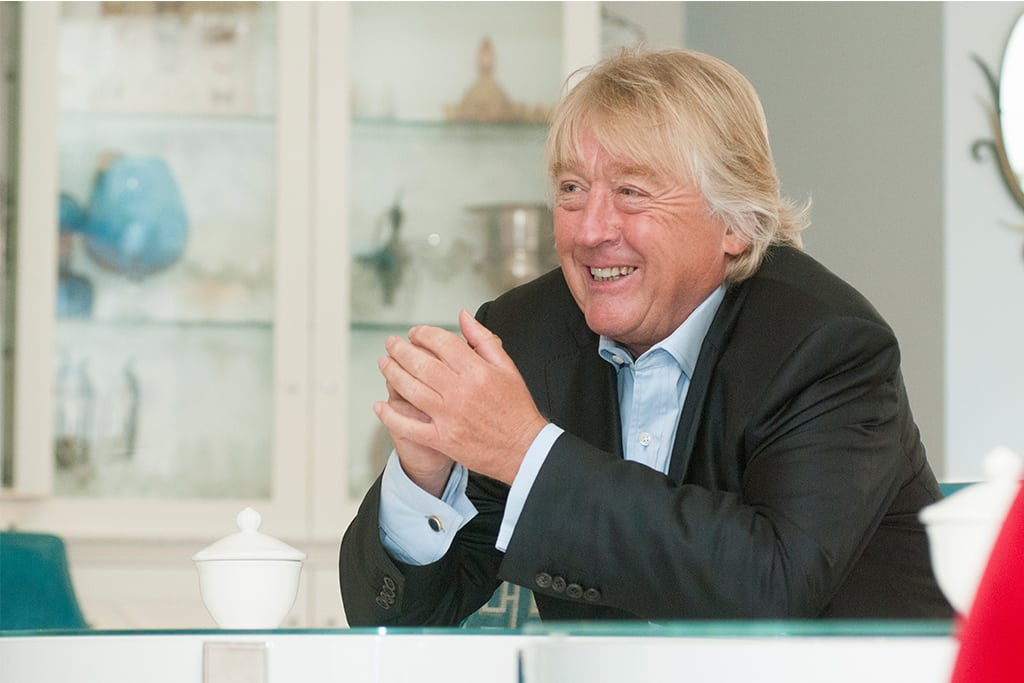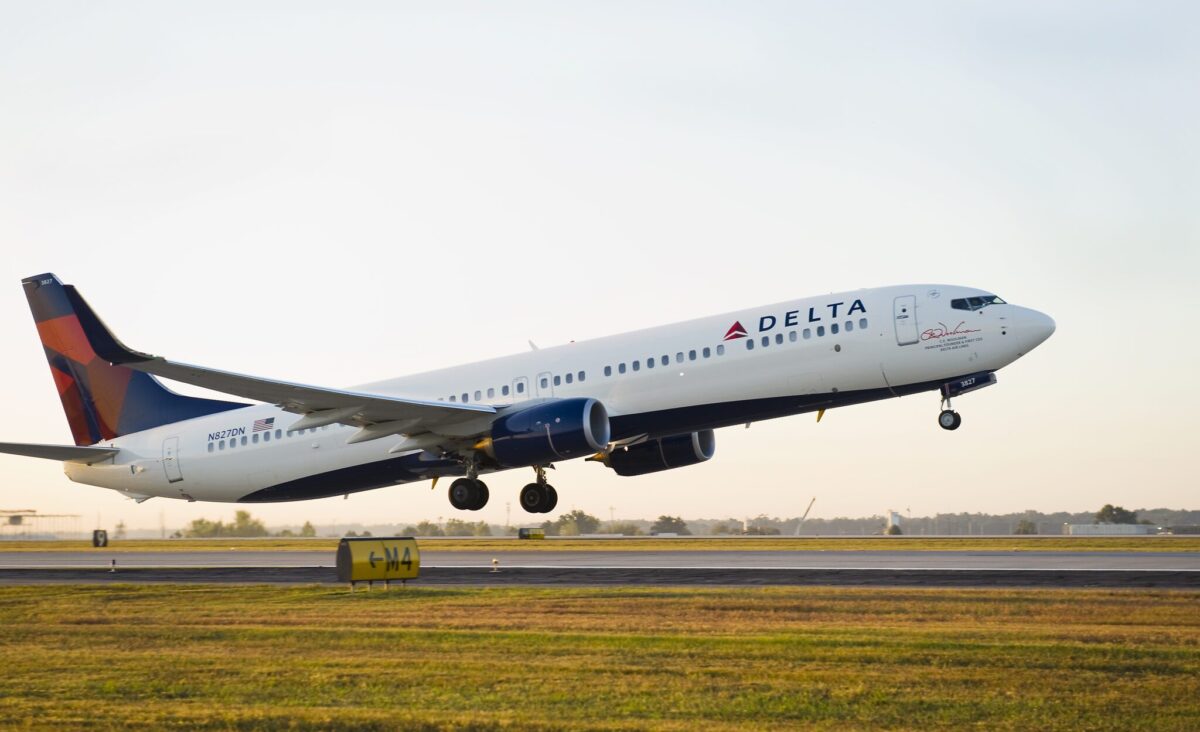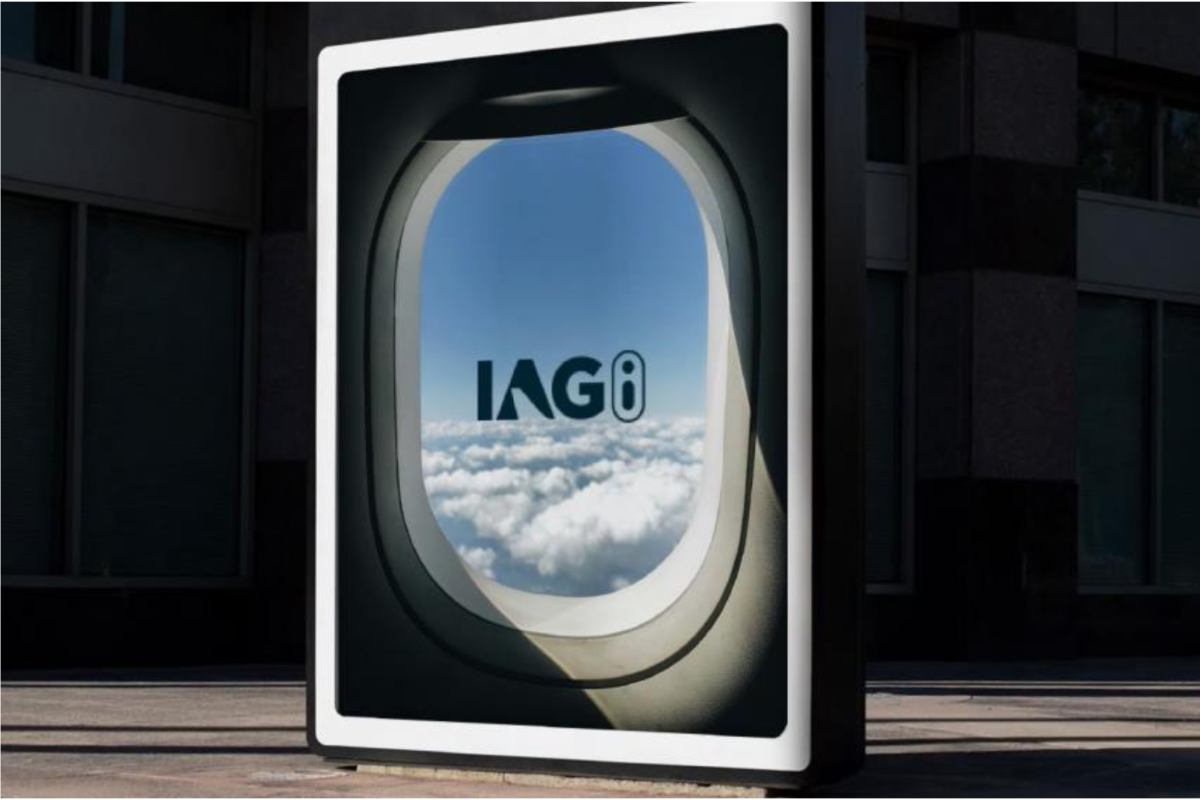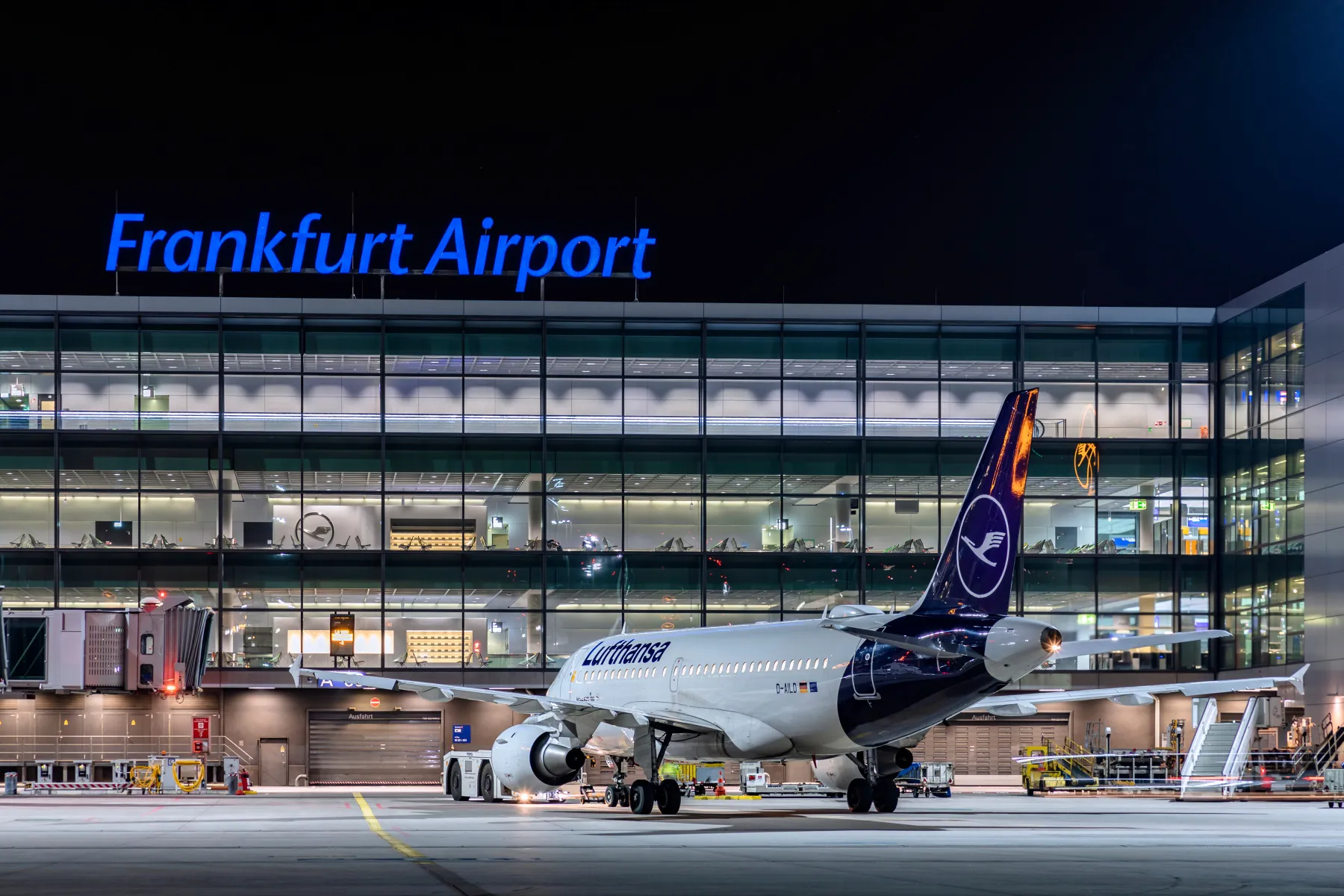Interview: Small Luxury Hotels CEO on Embracing Competition

Skift Take
Editor’s Note: This interview is part of Skift's CEO interview series. This series is with hospitality CEOs talking about the Future of the Guest Experience and the evolving expectations and demands of hotel guests. Check out all the interviews as they come out here. Also, enjoy the previous series on the Future of Travel Booking, with online travel CEOs.
Small Luxury Hotels of the World is certainly global, as its name would imply, but it's not really so small.
The hotel marketing consortium represents 520 small independent hotels across more than 80 countries. The organization differentiates its inventory by keeping properties to less than 50 rooms, maintaining a strong hold in the Asia market, and consistently tightening its inspection process and qualifications.
Skift recently spoke to Small Luxury Hotels of the World CEO Paul Kerr about changes in the independent hotel market and big brands' entrance into the sector.
Kerr is an optimistic executive. While he openly admits that major hotel groups have potential in this highly lucrative market, he says that he isn’t worried about the impact of their possible success, citing confidence in his own brand and a growing number of independent hotels looking to align themselves with larger marketing organizations.
He also talks about the ever-growing importance of technology in determining the winners and losers, even in a field as human as hospitality.
An edited version of the interview can be found below.
Skift: What are the benefits for an independent hotel that joins SLH? Why would they pay a fee to be a part of it?
Paul Kerr: They're basically joining a brand. An individual hotel would find it very difficult to market itself or get noticed in the international market.
SLH has a loyalty program of about 350,000 consumers, of which at least 10 percent or more are active depending on the month. Straight away, hotels are marketed to all of those consumers. The first part of that is through the website.
Secondly, SLH markets to all travel agents under the code LX for luxury. The travel agents then know about that particular hotel in a particular destination. That's two of the main benefits as far as booking is concerned. Hotels can also participate in marketing themselves and they can attend what we call road shows where we introduce them to all the travel agents.
We also produce the Inspired Magazine, which is printed twice a year and stays in all hotels. We’ll have a big annual meeting in March where all of the hotels meet rather than attend regional or local meetings. They get to belong to a organization of like-minded hoteliers where they can meet and network. That’s a benefit.
We also have a standard to keep up; therefore, anybody who books a Small Luxury Hotel of the World knows that the hotel is going to have been inspected every 18 months, soon to be every year. Then the hotel receives a 70-page report telling them what's right, what's wrong, or what the consumer feels. The inspectors that we have are made up of real SLH consumers; people like bankers and lawyers who are already paying for their own SLH experience.
Skift: What are the brand standards or guidelines for hotels to join the group?
Kerr: We're small, luxury and independent hotels. The average size is about 50 rooms and actually going down now to about 46 rooms. They’re all independent; they can have two or three hotels in SLH but we don’t have large groups. They’re also independently owned.
Skift: What are the most important marketing channels that you use and have those changed at all over the past few years?
Kerr: Twenty years ago, probably 95 percent of bookings came through global distribution systems. Now we have a lot of hotels using SLH’s internal booking engine and, of course, the website and Internet.
We're now taking about 50 percent of bookings direct, 30 percent of that business through our website slh.com and about 20 percent via phone calls. The other 50 percent comes through global distribution systems and travel agencies. That’s a big shift in the marketplace.
Skift: What do you expect moving forward? Will booking move away from global distribution systems even more?
Kerr: I do because hotels overall don't want GDS bookings since they're expensive as far as they're concerned. Commission rates are far more. A normal travel agent booking will be about 6 percent from SLH plus 8 to 10 percent to the travel agent. An Internet booking is just 10 percent.
Skift: How are you marketing online? What about on the Internet? Are you using social media at all, or newsletters, or direct advertising?
Kerr: We do a large amount of email marketing using the club database. That's probably our biggest marketing effort. We also obviously do some pay-per-click advertising, but that's very expensive, so the majority of our efforts are making sure that our website appears on the first page of Google. That's just pure search engine optimization marketing. We’ll also do the odd campaign.
Skift: What are the largest source markets for Small Luxury Hotels? Has it evolved at all in recent years?
Kerr: The largest source markets for SLH are English-speaking countries. I think you'll find that's the same with every single group. The largest market is the UK and United States followed by Australia. Germany has crept in the last five years, but other than that it hasn’t really changed. We’ve seen tourism growth in Asia, but consumers are mainly traveling within Asia. We have nearly 20 hotels in China.
We started in Asia a very long time ago. My company Hill, Goodridge & Associates purchased the rights to manage SLH in 1992, because it was virtually bust. Three years after we saved SLH from financial disaster, we merged with a company in Asia Pacific. We had a base of about 70 hotels straight away in the Asian market, but quite a few of those weren’t good enough for SLH so they parted from the company. There were probably only about 20 of the original 70 hotels, but we were able to grow remarkably in the Asia market.
We have approximately 125 hotels in Asia today. If you add up the inventory of our competitors, which are Relais & Chateaux and Leading Hotels of the World, they still don’t have as many hotels as we do in the Asia market. We started much earlier than them.
Skift: Let’s talk about competition. Are you competing with Preferred Hotel Group or Leading Hotels of the World or Relais & Châteaux for both hotel guests and independent hotel partners?
Kerr: Yes, I think we are. I never really look too much to the competition. I feel as though we're doing pretty well in going in a different direction to a certain extent, but there are definitely competitors. Leading Hotels are virtually exactly the same; they are looking after the independent hotel but it’s larger. Their average room size is about 180 rooms.
Relais & Chateaux’s main base is in Europe and the average size of their hotels is about 30 rooms. They are also very food oriented. We don’t care too much about whether there is a Michelin Star. We feel like the hotel should be more of a local experience because that’s why I think people go to different countries, to experience local situations. Not everybody can have a Michelin Star restaurant.
Preferred is very much American-based. They have Preferred Boutique and concentrate on larger hotels for their group business. That’s really our competition. I can’t call Preferred competition as far as quality is concerned so I mainly focus, if I was to focus on competition, on Leading Hotels and Relais & Chateaux.
Even Relais & Chateaux has a hard time keeping up with the standards because their hotels, by definition, are much more food orientated. It's very hard to make money on the food and beverage in the restaurant business. If you have a restaurant in the hotel, you don't make much. It’s only when you can take the larger groups like weddings when you start making some money. Of course, Relais & Chateaux Hotels can't really cater to large groups because they're very small hotels.
Consequently, I don't think Relais & Chateaux properties are very profitable. If that's the case then that explains why their rooms aren’t so good.
Skift: Has the competitive landscape changed at all in the recent years between these different brands?
Kerr: It hasn't changed in 20 years.
Skift: Why has it stayed so similar? Why have there been no new players in the market?
Kerr: Once a lot of the hotels are getting benefits from an organization like Small Luxury Hotels of the World or Leading Hotels, it is a major effort is to actually switch organizations. It’s made it difficult for a new player to start in the business.
When I entered the market in 1991, all SLH had was about 60 hotels; 30 from the UK and 30 from Western America, basically California. It was very difficult for us in the first stages of our existence. My staff now would never appreciate how difficult it was. I hear them say, "Oh, it's difficult to get hotels in, blah, blah, blah." They don't even know half of it. It’s much, much easier now because we have something to show, a track record of reservations. We're getting $150 million worth of reservations now. When I started, we were lucky to do $3 million spread around all those hotels.
It's grown enormously as far as revenue is concerned. We'd like to do much better, but it's still a significant amount of revenue to a lot of the hotels.
Skift: Do hotels every switch between brands?
Kerr: They do switch between brands. We have a lot of Relais & Chateaux hotels and see Leading Hotels dropping towards SLH. Hotels do go to Relais & Chateaux and quite often they come back. I’d say 90 percent of hotels stay with a brand.
Skift: What about competition from major hotel groups? Do Hilton’s Curio Collection, Marriott’s Autograph Collection or Starwood’s Luxury Collection create competition as they enter the space?
Kerr: It’s interesting, isn’t it? Isn't it flattering that they're doing the same thing that I've done for the last 20 years?
They're not really creating a lot of competition. Their model is based on managing hotels; therefore, they try to not only give them a brand but also look at their management. We don't touch the management of a hotel. We assume that they're doing a good job because we have inspections.
Also, anybody can write a review on our hotels if they’re a club member. It's not just TripAdvisor. We don't necessarily believe in TripAdvisor, because you can't really trust the review.
Chains are going to find it difficult to get into the market place unless they drop their prices significantly. You have to remember that SLH is a hotel organization so the hotels are happy with the prices that we charge. I don't think the Autograph Collection and Curio are anywhere able to do what we do.
The reason that chains are getting into it is because of the top-level customer, the one who is prepared to pay a high average rate. That’s what we all want in the hotel business. That, and loyal guests so we don’t have great marketing fees like paying huge commission rates to Expedia. The customer that pays a high average rate doesn’t stay in large hotels.
He does business in large hotels, there's not doubt about it, but he doesn’t stay there for leisure. They need to have smaller, independent properties under their brand.
Skift: What do you think is driving consumers’ interest in independent hotels?
Kerr: Consumers today aren’t going to be conned by anybody anymore. Twenty or 30 years ago, they didn’t have a lot of information to make their choice of where to stay. They relied on their travel agent to give them choices and the travel agent didn't have a lot of information either. Now, of course, there's information all over the place that customers can easily and quickly get. They can get live video fromt a property before they make a choice to stay there.
Many of these smaller hotels offer the same facilities as the larger groups, but because of the size of the hotel, they can offer real, personal, authentic service. I think that's the most important thing — they can give real service. It’s not saying, “Hi. Have a nice day,” to everybody without knowing their name. When you’re in a small hotel, you get to know the managers and owners. There’s a very short line between the owner who makes things happen and the customer.
Skift: How do you see the landscape changing in the next five to ten years? How will competition increase?
Kerr: As long as the chains can actually deliver the brand promise of the small independent hotel, they will be able to survive and they will survive very well. The costs will be low because the brand is massive and they have the key — they have really good technology, which costs a lot of money.
We have 500 hotels, of which I think only 30 have two-way interfaces. It is vitally important to have the minimum of two interfaces to survive in this market place. The whole idea is that your property management system is linked to your central reservation system, which is also linked to your internet booking engine and your channel manager. The big groups already have this technology, which can be given to the small hotel. The owner is then going to get much more revenue from that brand than a hotel group like ours that only have 30 hotels on two interfaces. Our mission is to increase the number of hotels that have two-way interfaces.
Skift: What does their success mean for you? If chains are successful at offering small independent hotels, will you organization no longer have a role?
Kerr: It will be far more difficult to enter the arena and the hotels will then have another option to look at. At the moment, an independent hotelier’s options are really Relais & Chateaux, Preferred Hotels Group, and Small Luxury Hotels of the World.
Skift: Are you concerned about the future of your organization?
Kerr: No, I’m not concerned at all because hotels themselves really respect our brand as an independent organization itself. The same goes for Leading Hotels and Relais & Chateaux. All I am saying is that the hotels now have a choice. There are also more and more small, independent hotels being built.
Every year for at least the last ten years, we’ve had 60 or 70 new hotels join the organization. Obviously, others have dropped out, but you have to remember there are 80,000 or so independent hotels in Europe alone.
Am I really worried about it? No, I'm not worried about it. There's enough for everybody.





